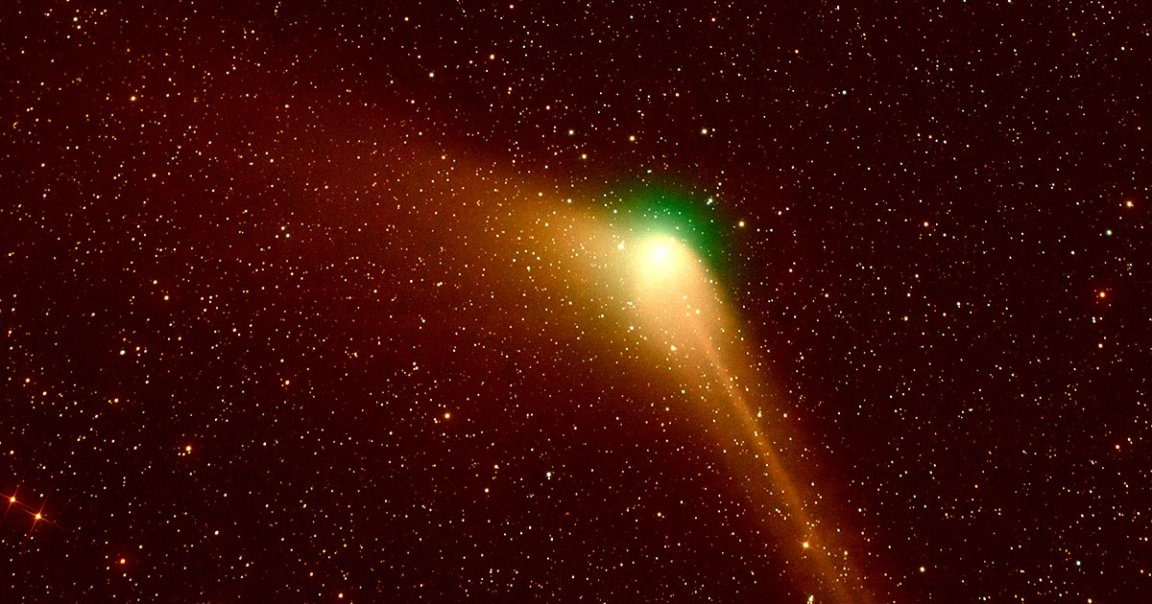
Earlier this month, astronomers made a fascinating discovery: a mysterious object with interstellar origins, now dubbed 3I/ATLAS, that’s hurtling toward the inner solar system at extreme speeds.
As scientists race to get a better understanding of the rare visitor — it’s only the third confirmed interstellar object to have ventured into our solar system — some intriguing theories have emerged.
One particularly eyebrow-raising possibility beyond the mainstream suggestions of it being either a comet or an asteroid, as championed by Harvard astronomer and alien hunter Avi Loeb, is that 3I/ATLAS could have been sent by an intelligent, extraterrestrial civilization.
In a yet-to-be-peer-reviewed paper, Loeb analyzed the possibility that the object is “alien technology,” highlighting its unusual trajectory and what he says may be attempts to brake itself to have a closer look at Earth and Jupiter. (He also emphasized that it might just be a comet or space rock.)
“The orbital path of 3I/ATLAS has some very unlikely combination of characteristics, which could quite easily have been simple coincidence, as extremely strange as that ostensibly appears,” the paper reads.
But Loeb — who previously wrote an entire book about the possibility that ‘Oumuamua, an interstellar object first observed in 2017, may have been sent to us by an alien civilization — and his colleagues stopped far short of concluding the latest discovery was an alien probe. In the paper, they argued that “this paper is largely a pedagogical exercise” and that “by far the most likely outcome will be that 3I/ATLAS is a completely natural interstellar object, probably a comet.”
As Swinburne University of Technology lecturer Sara Webb argued in a piece for The Conversation, the idea that the intriguing object could have an extraterrestrial origin is an intriguing hypothesis, and shouldn’t be discarded.
“The idea of alien probes wandering the cosmos may sound strange, but humans sent out a few ourselves in the 1970s,” Webb wrote, pointing out that “both Voyager 1 and 2 have officially left our Solar System, and Pioneer 10 and 11 are not far behind.”
“So it’s not a stretch to think that alien civilisations — if they exist — would have launched their own galactic explorers,” she concluded.
However, figuring out whether 3I/ATLAS is indeed an alien probe coming to visit our system isn’t nearly as easy as it sounds. According to Webb, we’d start out by checking if the object has a “tail” like comets do.
Other than that, we could “look for signs of electrostatic discharge caused by sunlight hitting the probe” or “any kind of radio waves coming from the probe as a form of communication.”
But in the absence of any clear indications that 3I/ATLAS is an alien visitor, Webb agrees with Loeb that, as intriguing as the alternative may be, there’s a very good chance we’re looking at a comet: a celestial wad of ice, dust, and rock.
“For now, 3I/ATLAS is likely just an unusually fast, old and icy visitor from a distant system,” Webb concluded. “But it also serves as a test case: a chance to refine the way we search, observe and ask questions about the universe.”
More on the object: Astronomer Says the Object Approaching Us From Beyond the Solar System Is Not What We Think